From his training in Turin through the years of informal fervor to the apocalyptic visions of his final decades, Mattia Moreni (Pavia, 1920 - Brisighella, 1999) was one of the most complex and tormented artists of post-World War II Italy. Twenty-six years after his death, Romagna, his adopted homeland and creative refuge, is dedicating to him the most extensive anthological exhibition ever held, a widespread project that from September 2025 to May 2026 will trace his entire artistic parabola.
The cycle of exhibitions, entitled Mattia Moreni. From Formation to “The Last Gasp Before the Great Mutation,” is conceived and curated by Claudio Spadoni and involves five cities in the region: Bagnacavallo, Forlì, Santa Sofia, Bologna and Ravenna. Five key places in the artist’s life, five chapters of a narrative that interweaves painting, biography and thought, in an attempt to restore the complexity of a master who was able to traverse the history of twentieth-century art without ever being caged in a definition.
Born in Pavia in 1920 and trained in Turin, Moreni found his elective home in Romagna. Here he took refuge several times during the partisan war and here he decided to settle permanently in the 1950s, in that house in Palazzo San Giacomo, in the Russi area, which became his workshop and his observatory on the world. For him, Romagna was both refuge and frontier: a landscape where human and artistic experience intertwined in a continuous process of transformation.
Opening the grand project is the Ex Convento di San Francesco in Bagnacavallo, detached headquarters of the Museo Civico delle Cappuccine, with the exhibition Dagli esordi ai cartelli, curated by Davide Caroli and Claudio Spadoni. Sponsored by the City of Bagnacavallo and the “Mattia” Association, in collaboration with the Museo Civico delle Cappuccine, the exhibition opened Sept. 20, 2025, and remains open to the public from Sept. 21 to Jan. 11, 2026.
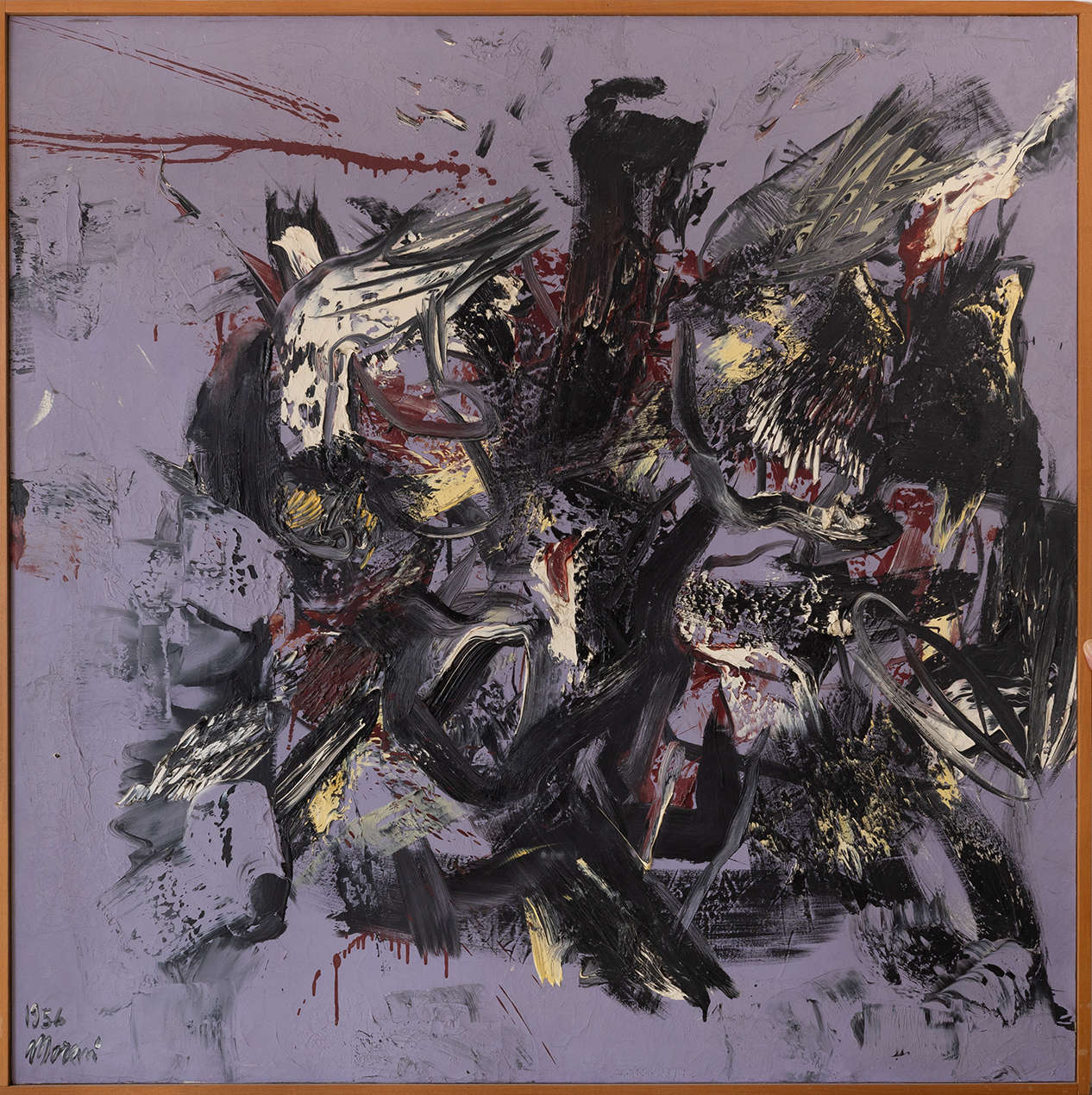
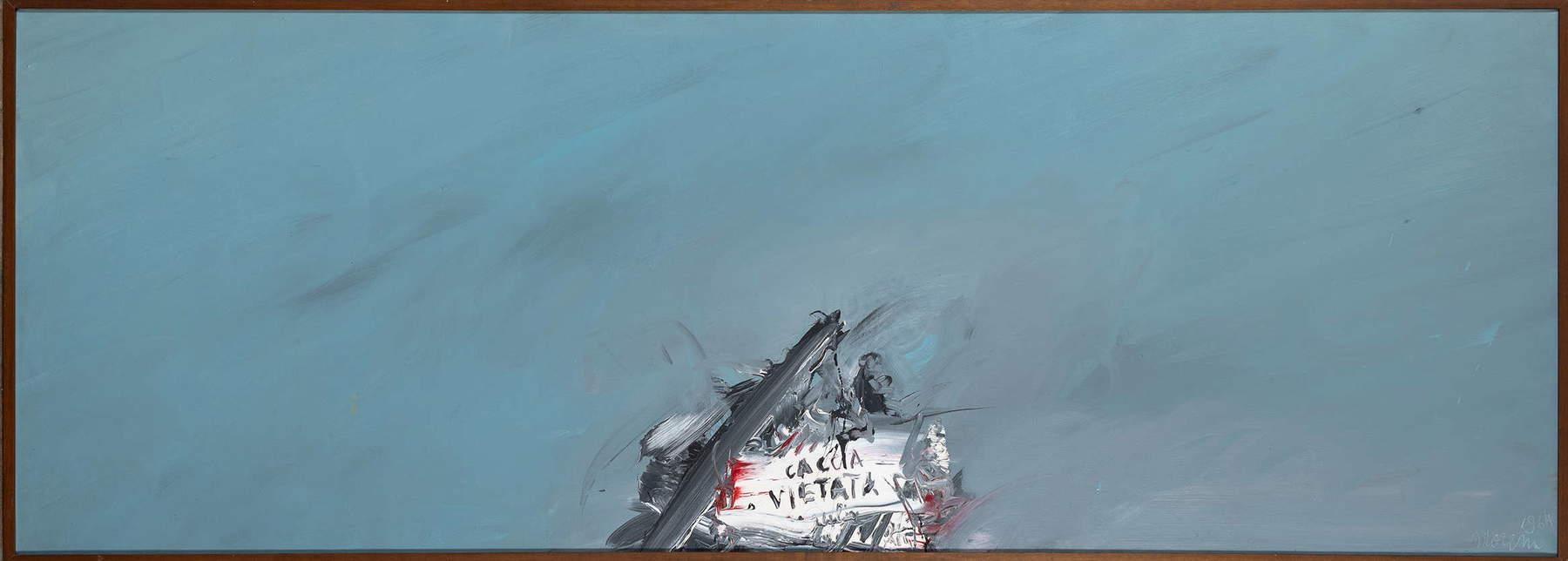
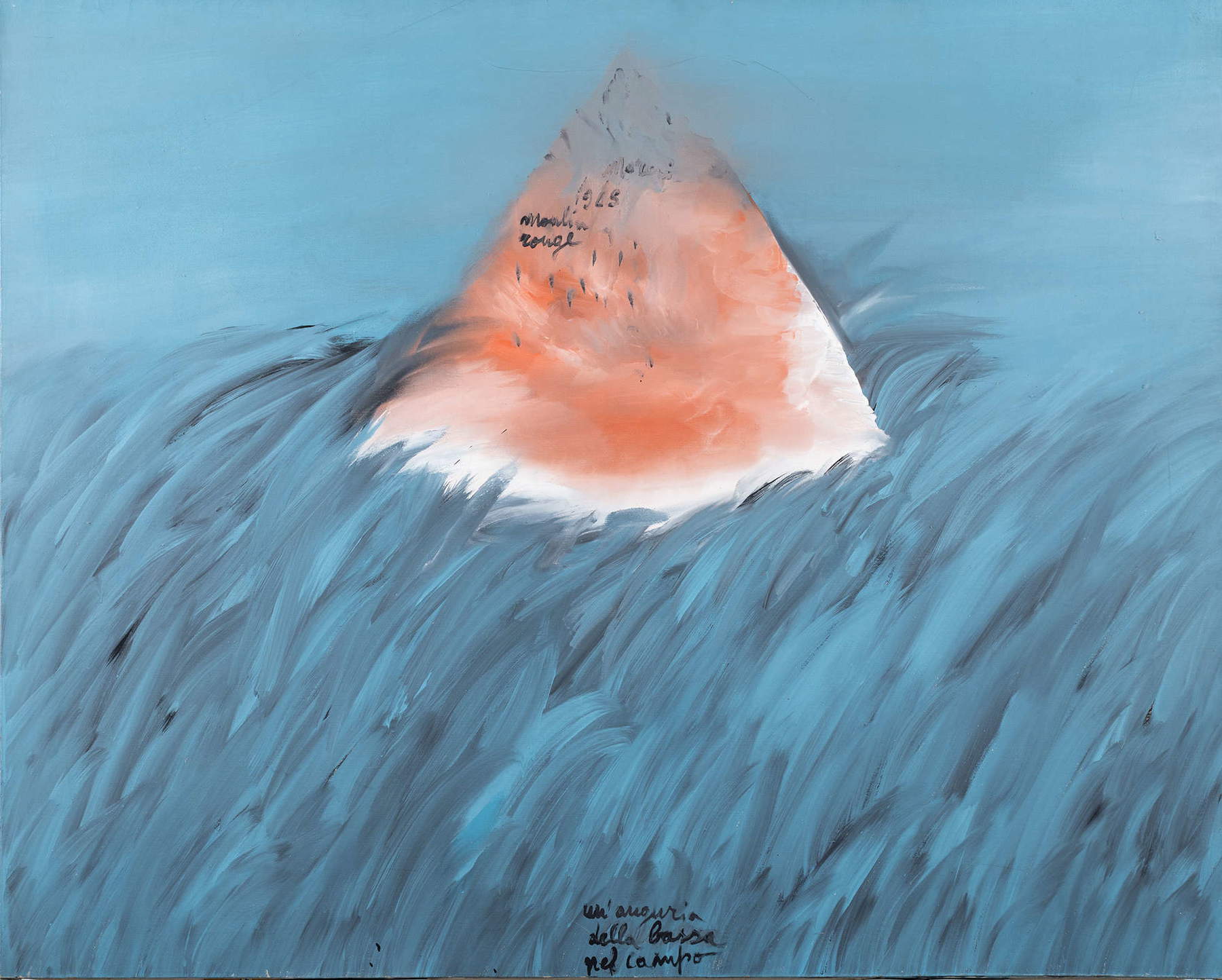
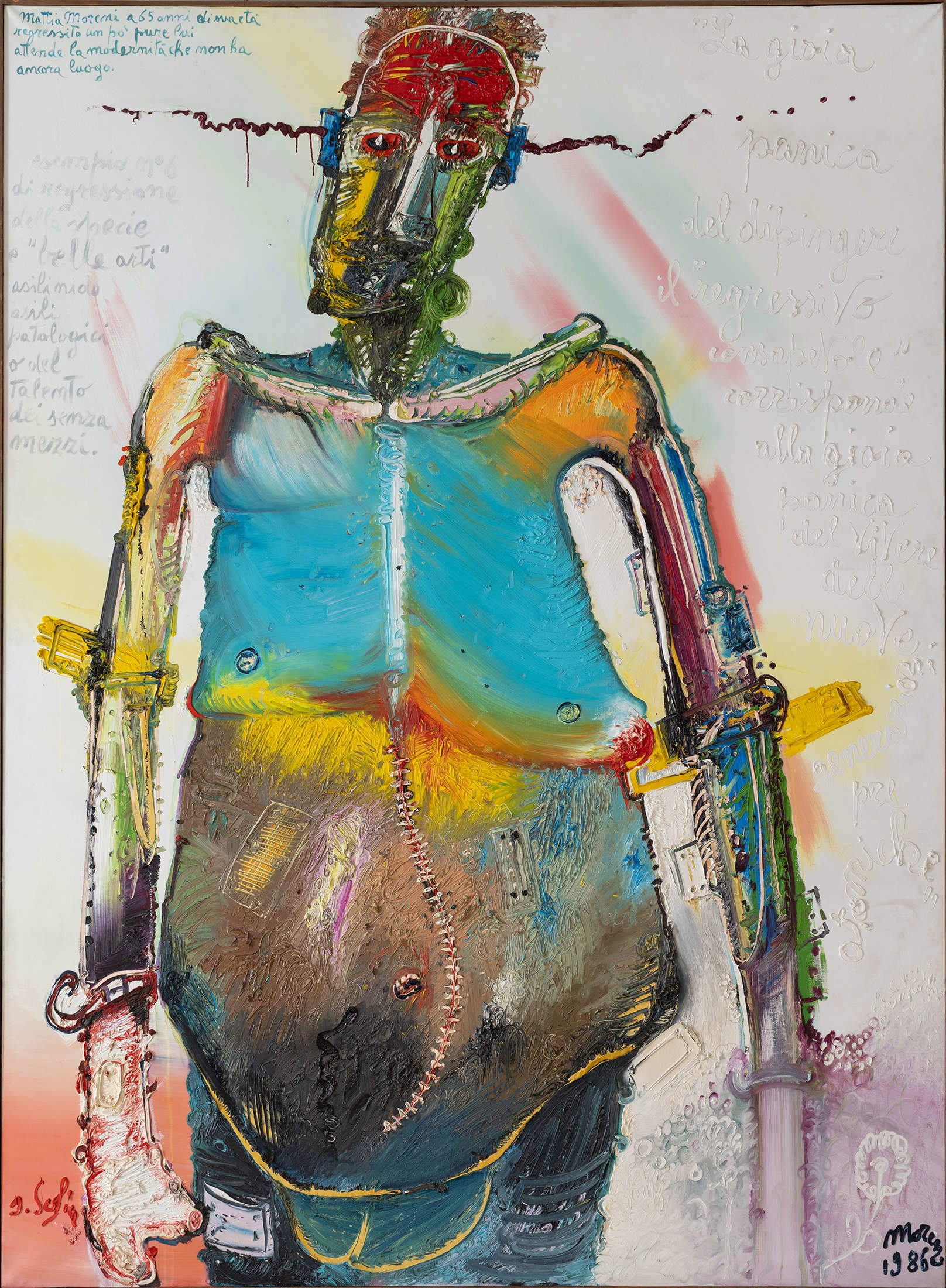
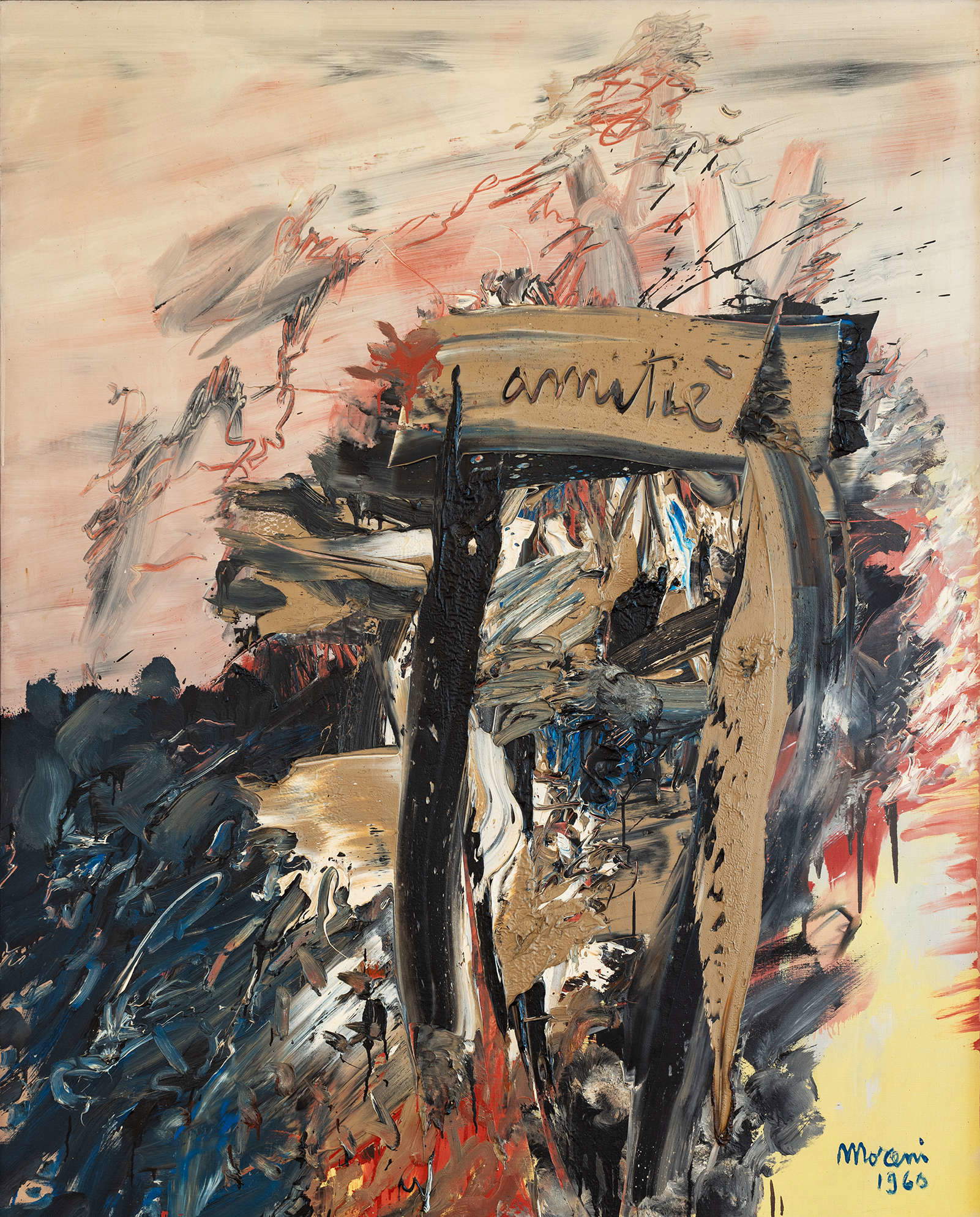
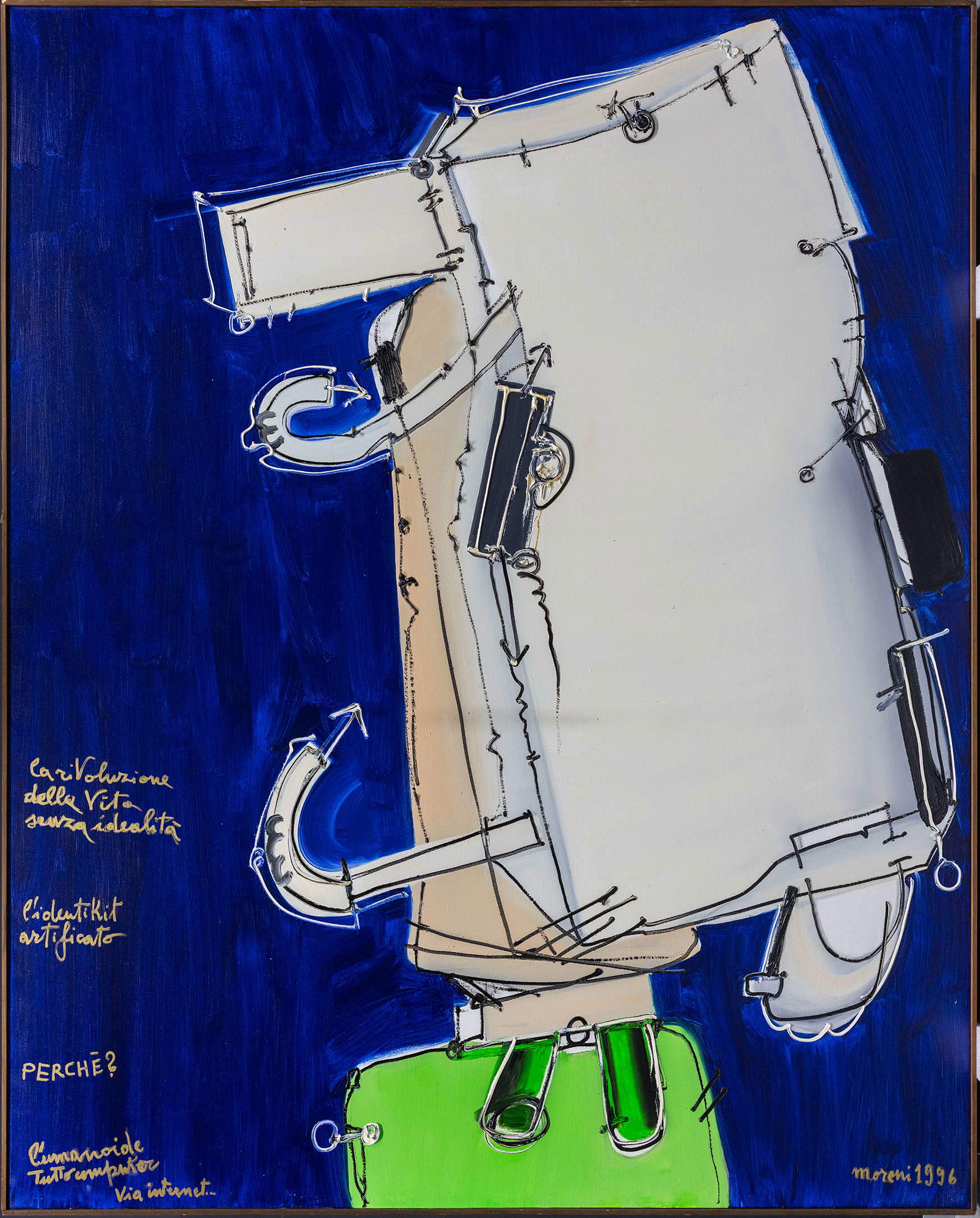
The exhibition presents more than forty works from important public and private collections, many rarely exhibited, including works that were presented at the Venice Biennale and the Quadriennale in Rome. The works cover the first two decades of Moreni’s activity, a period of training and experimentation that saw him confront the legacy of Nordic painters, Art Nouveau, and the lesson of the 15th-century Ferraresi. The exhibition documents an artist in full creative effervescence, capable of continually reinventing his own language.
This was the period in which Moreni moved from a post-Cubist language toward a painting of tension and contrasts, oscillating between figuration and abstraction. Critics soon recognized his expressive power: in 1946 a very young Italo Calvino described him as “spirited, diabolical, moody, irrational, whimsical, bizarre, young painter of unbridled imagination and proud intent.”
Between the 1940s and 1950s, the artist participated in major Italian exhibitions, garnering acclaim and awards. In 1952 Lionello Venturi invited him to join the Group of Eight, along with Afro, Birolli, Corpora, Morlotti, Santomaso, Turcato and Vedova. But, as often happens in his career, Moreni remains an irregular, unable to fully adhere to any movement. His painting, even when he approaches the poetics of the abstract-concrete, retains a figurative restlessness and gestural force that make him unmistakable.
The following decade marked his decisive encounter with European informal, especially French, art. Between 1956 and 1966 Moreni lived between Paris and Romagna, intensifying his presence on the international scene. He exhibited regularly in France and Germany, participating in reviews and group shows that placed him alongside the leading artists of his generation. It was during these years that his painting opened up to a more material and visionary dimension, poised between explosion and structure.
The final section of the Bagnacavallo exhibition introduces a crucial passage: the series of “cartelli,” in which informal gestures are translated into narrative and symbolic signs. In the “cartelli” Moreni seems to want to stop language, to use painting as an instrument of denunciation. These are works that tell of a world on the verge of transformation, a human landscape that the artist perceives as on the verge of extinction. It is the first manifestation of the apocalyptic vision that will accompany all his later production.
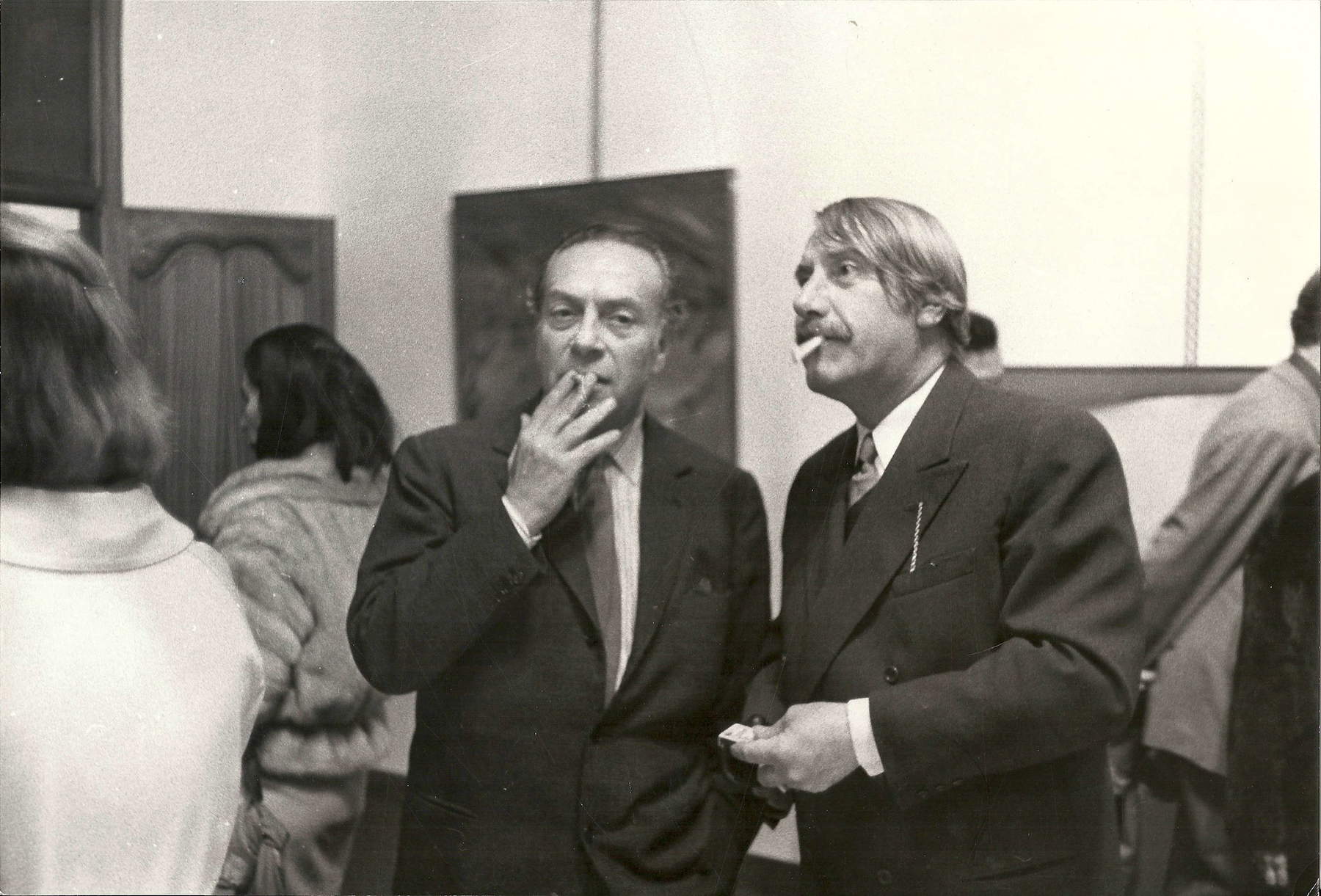
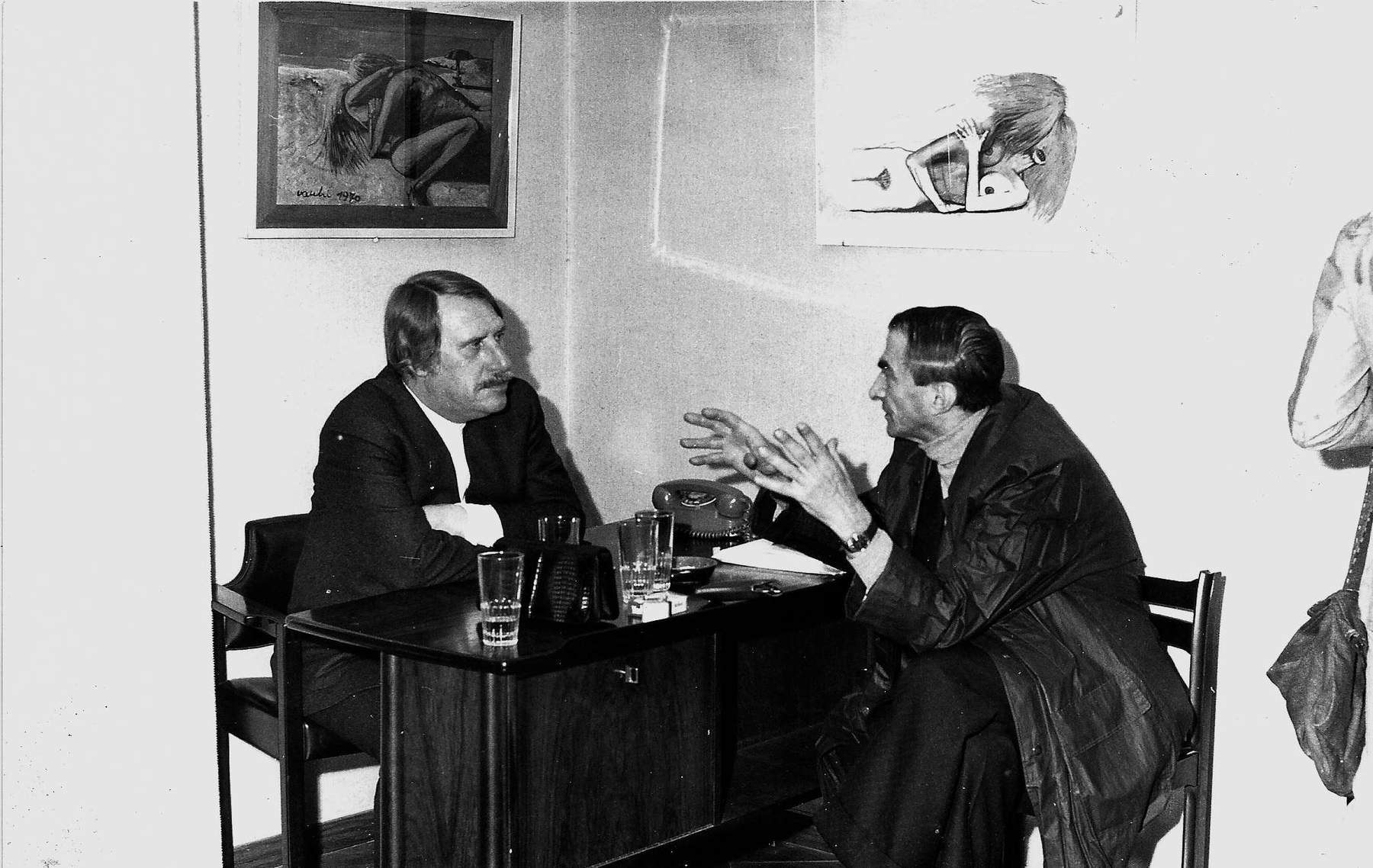
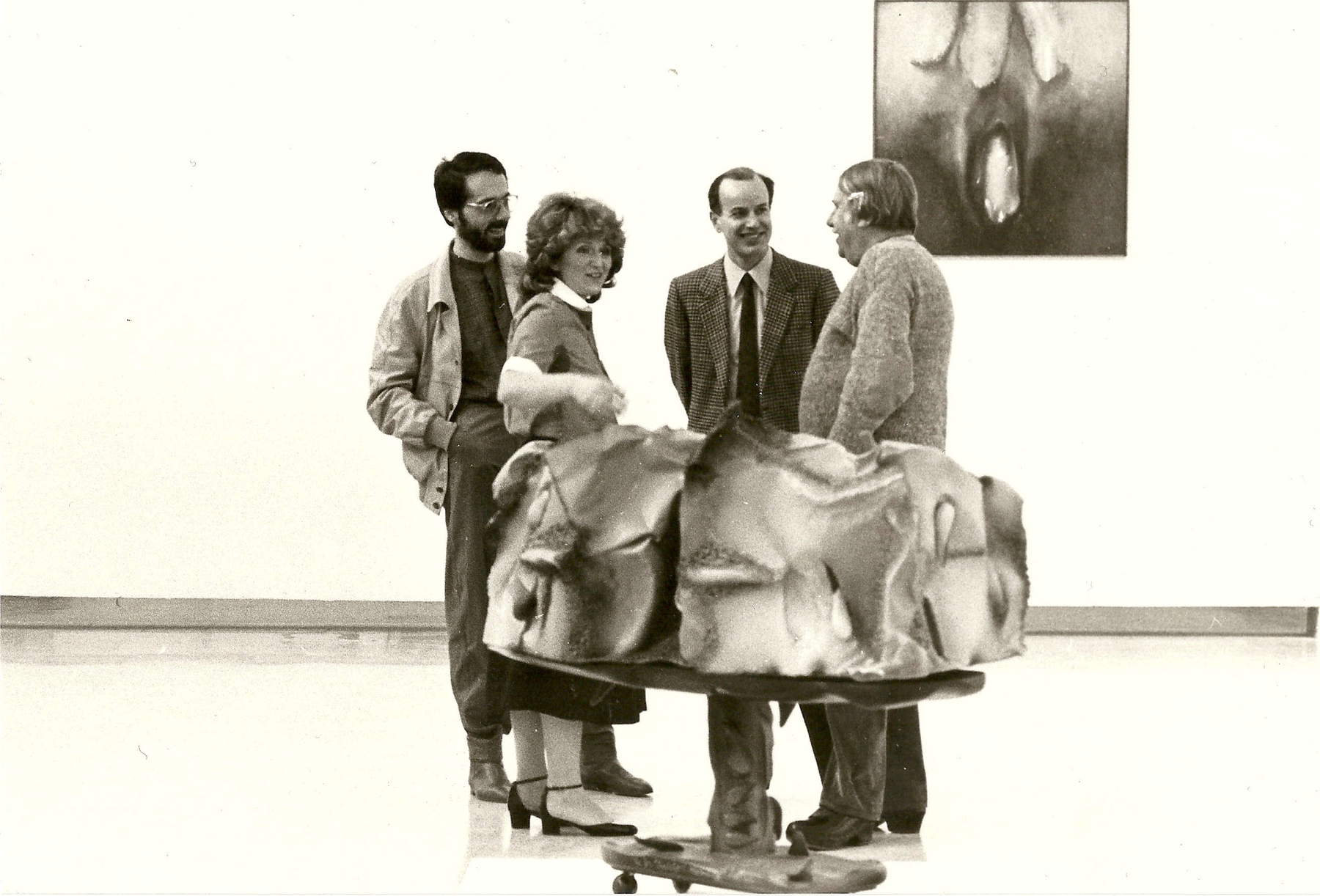
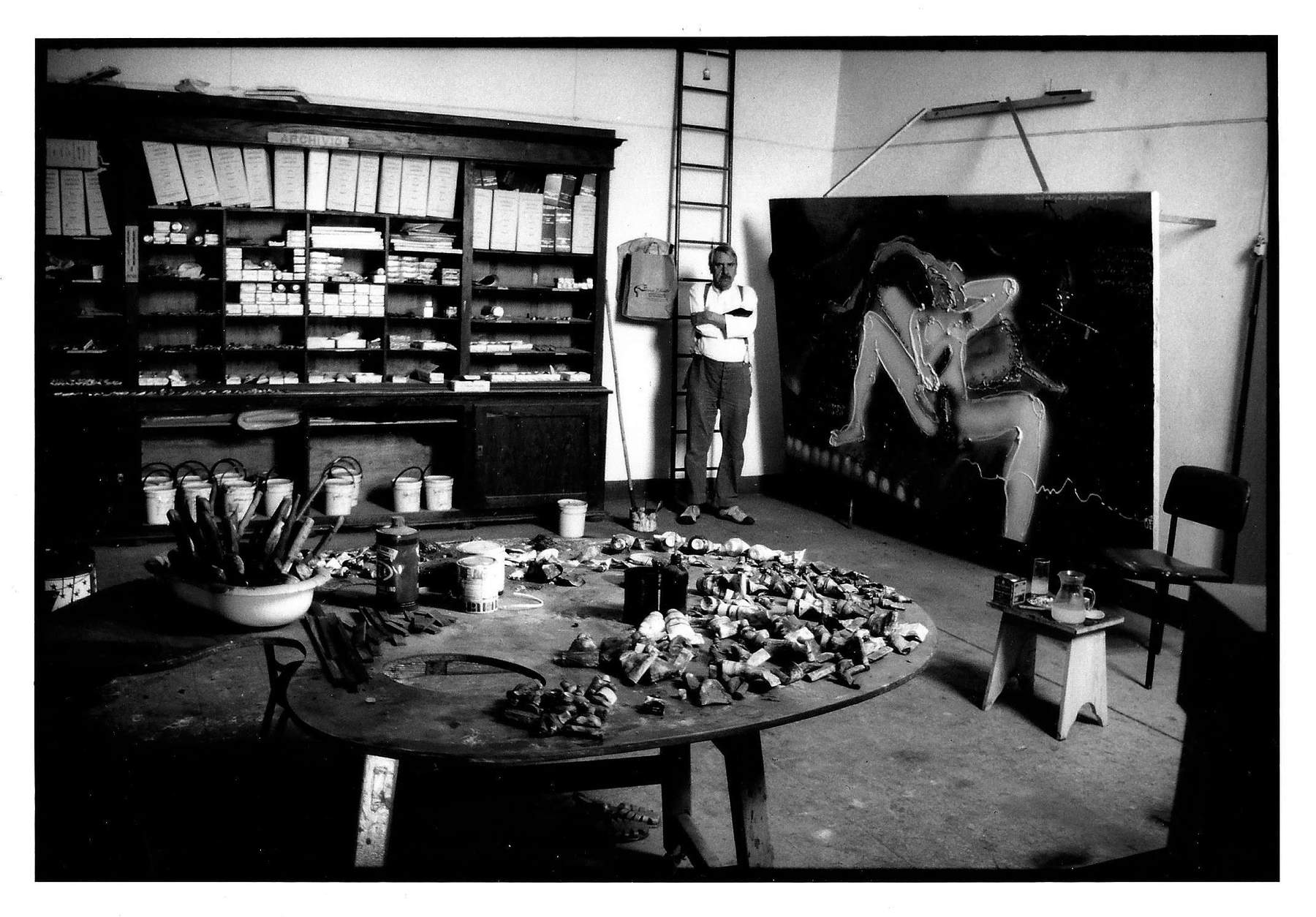
After Bagnacavallo, the project stops in Forlì, at the Museo Civico San Domenico, from October 18, 2025 to January 11, 2026, with Dalle Angurie alla fine dell’Umanesimo, curated by Rocco Ronchi. The famous “Watermelons” - everyday objects transformed into almost cosmic forms - marked the transition from instinctive painting to a reflection on the crisis of modern man. The third event will be in Santa Sofia, at the Vero Stoppioni Gallery of Contemporary Art, from Nov. 15, 2025 to Jan. 11, 2026. Here Denis Isaia will curate an exhibition dedicated to Self-Portraits and the core of works preserved in the permanent collection, the largest public collection of Moreni’s works.
In 2026, the itinerary will land at MAMbo - Museo d’Arte Moderna di Bologna, where, from January 30 to May 17, Pasquale Fameli and Claudio Spadoni will reenact the historic 1965 solo show at the then Gallery of Modern Art, curated by Francesco Arcangeli. That exhibition marked Moreni’s official entry into the museum institution and the consecration of a personal poetics, capable of traversing the avant-garde while maintaining an autonomous voice. The cycle will conclude in Ravenna, at the MAR - Museo d’Arte della città, from February 27 to May 3, 2026, with the section La regressione della specie e gli Umanoidi, curated by Serena Simoni. Here emerges the most visionary and prophetic Moreni, that of the last years, dominated by images of mutation and decline. The artist observes with fierce lucidity the technological evolution and the loss of humanity of the contemporary world, anticipating reflections of burning relevance today.
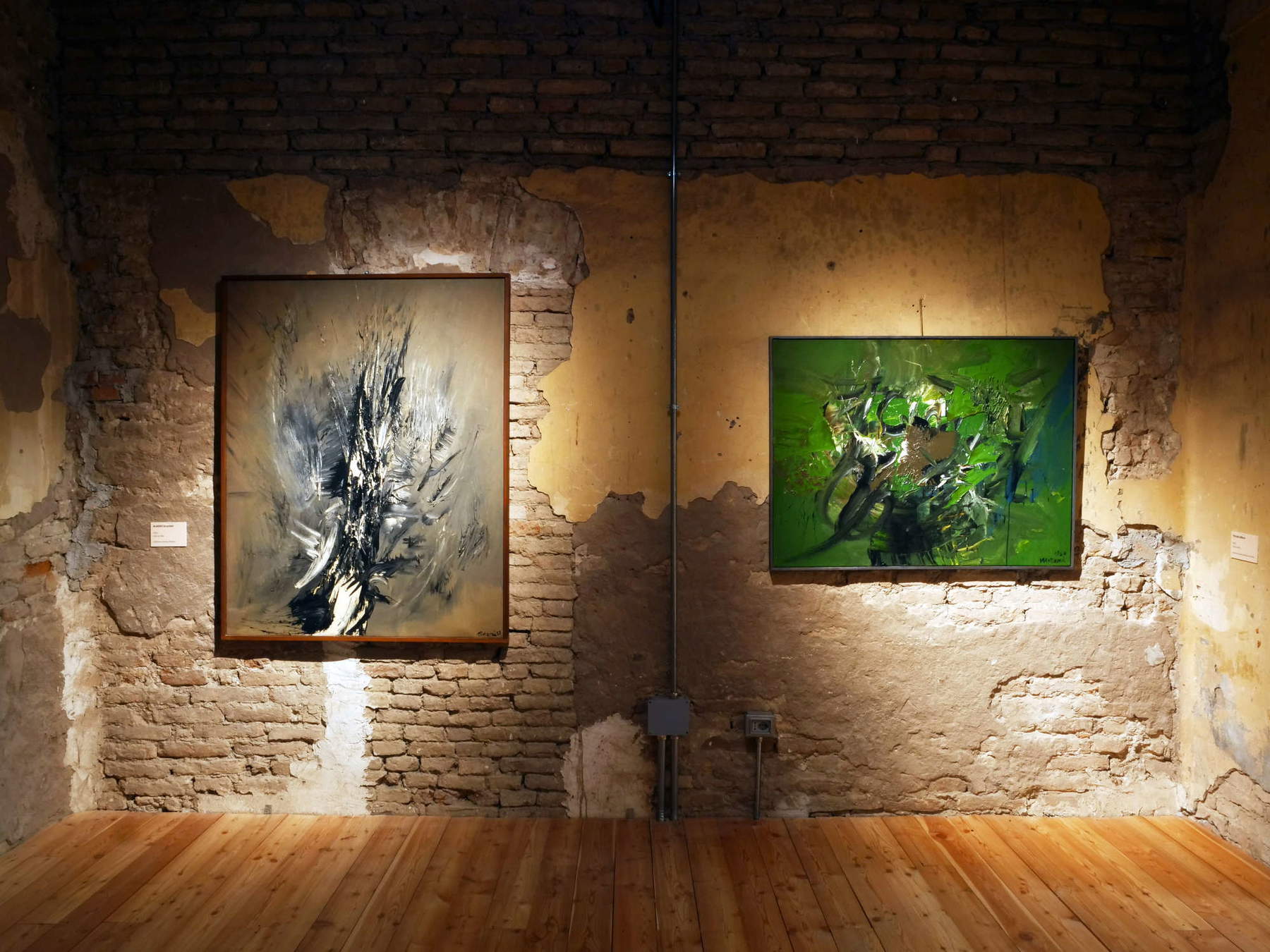
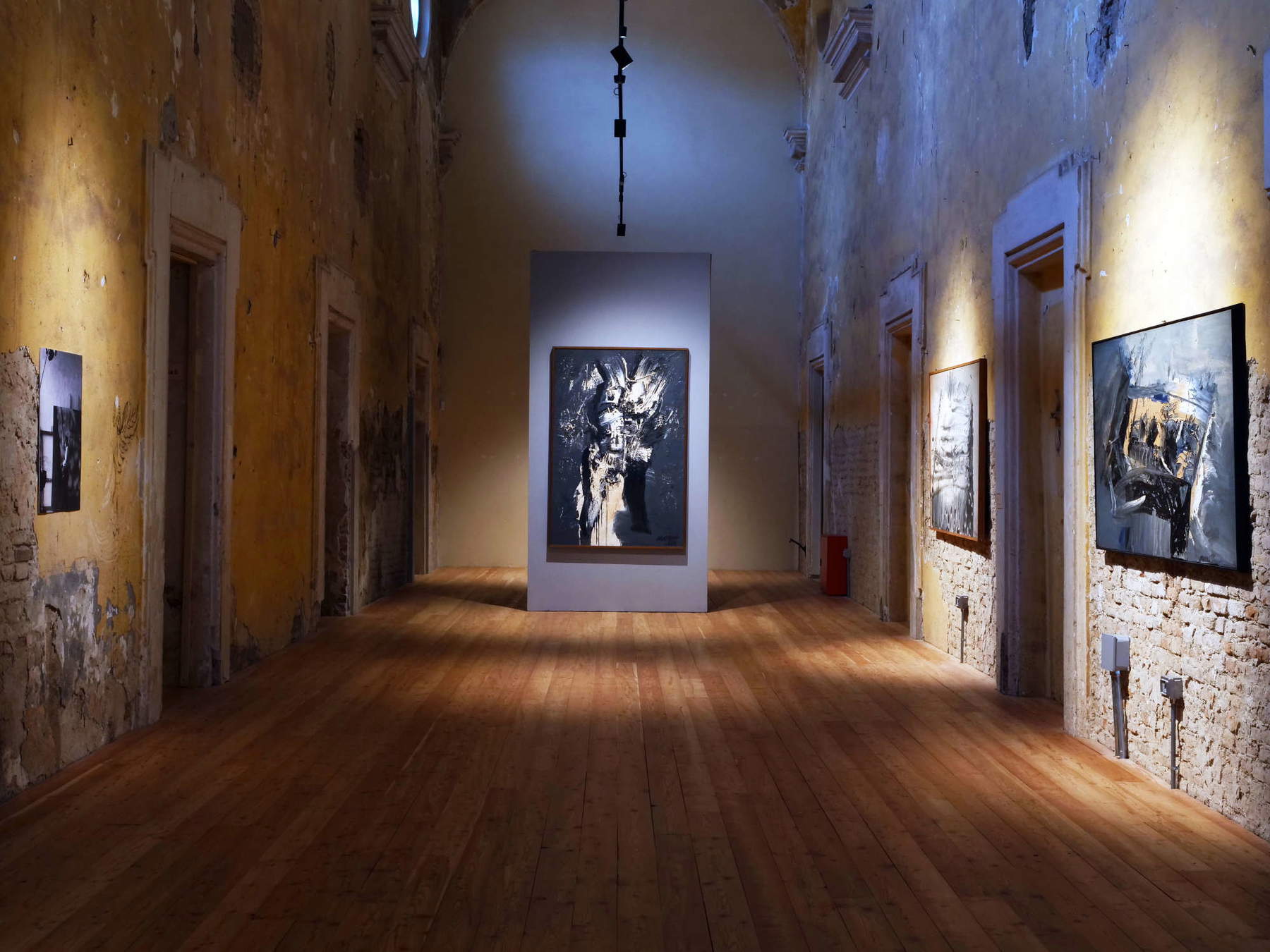
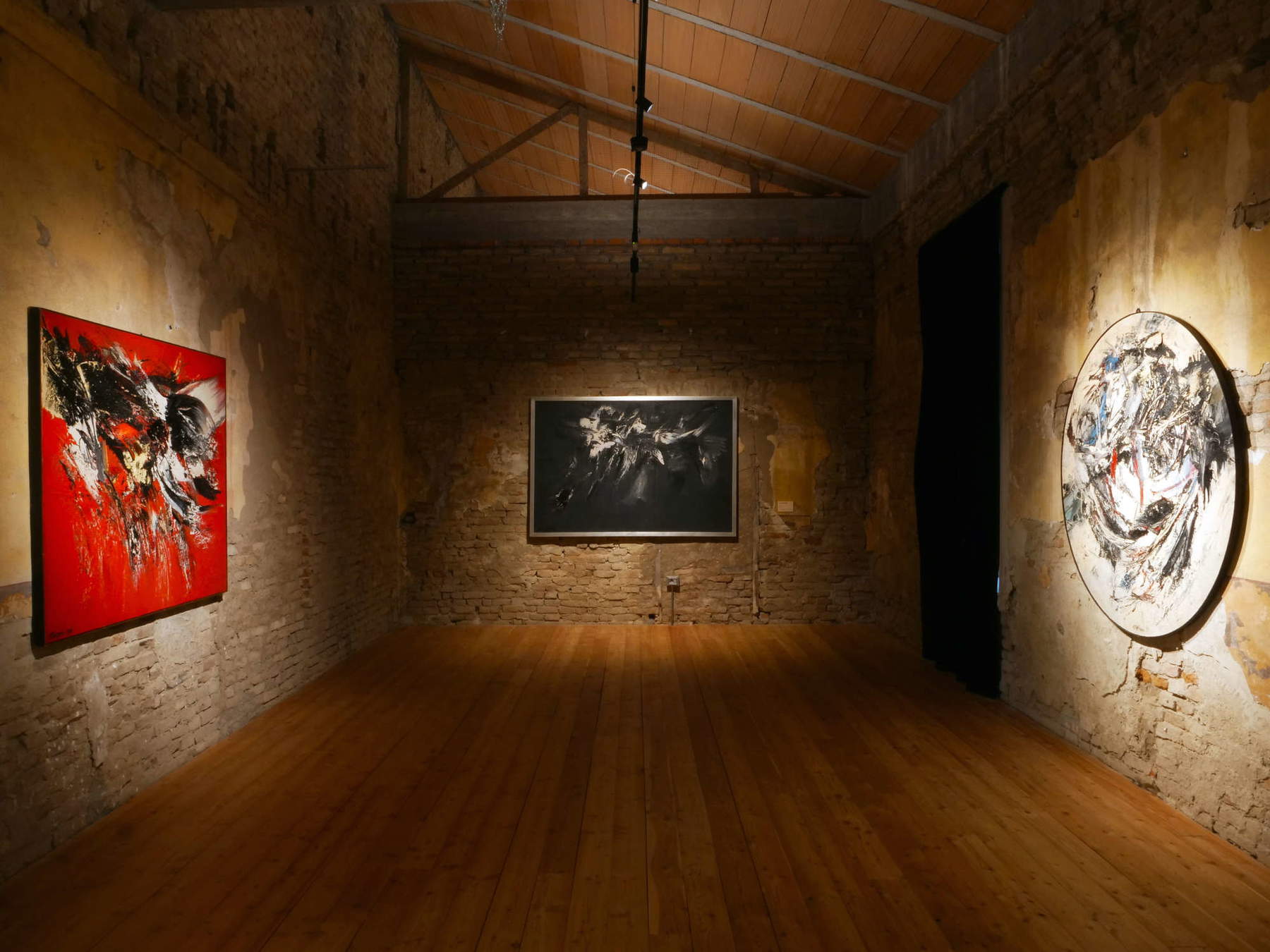
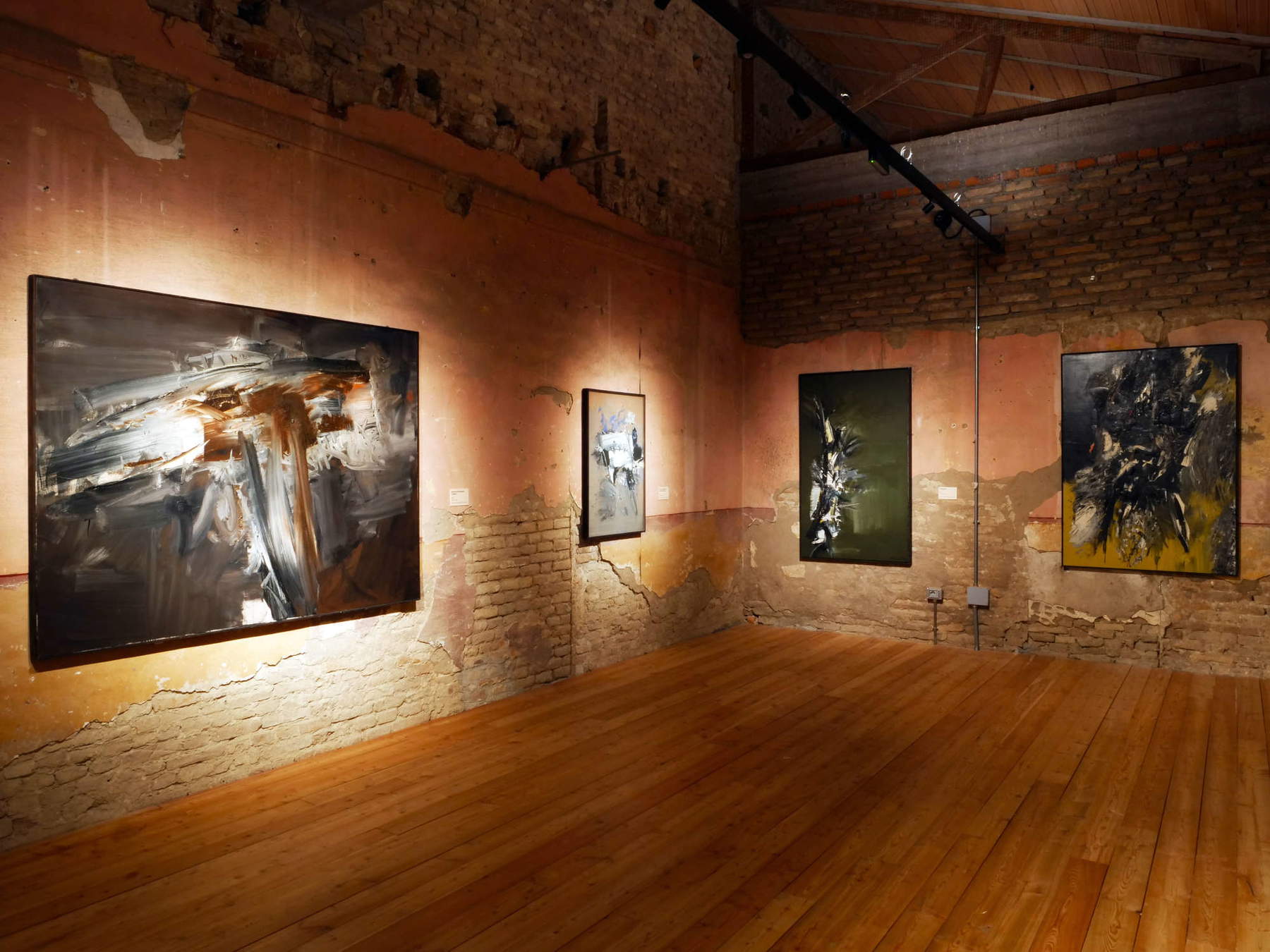
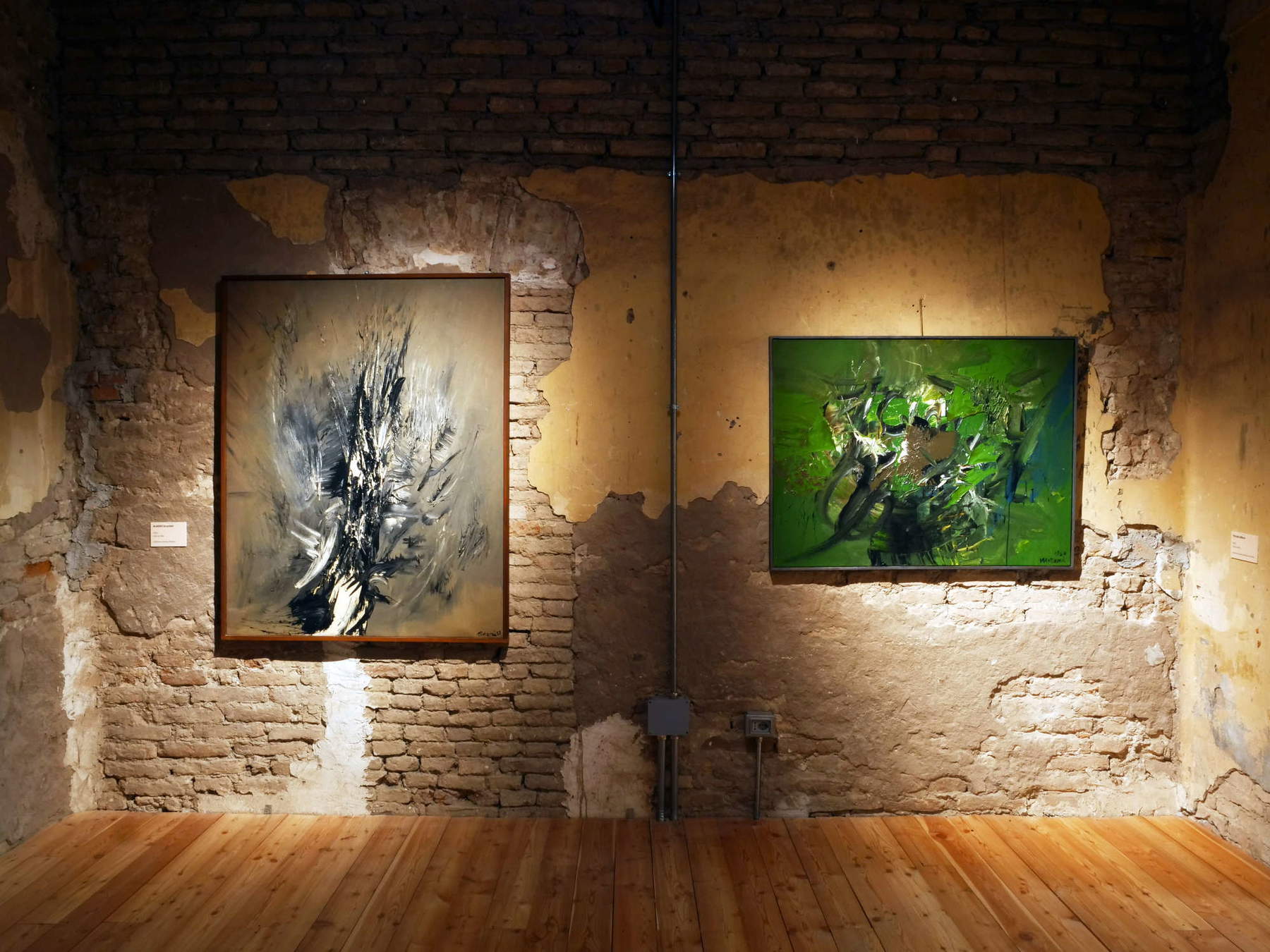
The initiative was also created thanks to collaboration with private collectors and institutions, and with the support of Manifattura Ceccarelli and Teikos Solutions. The catalog, published by Dario Cimorelli Editore, collects images and cards of all the works on display, along with critical contributions and photographs documenting the complexity of the project.
Moreni was defined by Michel Tapié and Pierre Restany as “one of the few truly European Italians,” capable of measuring himself against great international painting without renouncing his own identity. His parable traverses the great nodes of the twentieth century - war, industry, the crisis of modernity - and transforms them into a pictorial language of energy and pain.
Today, more than 20 years after his death, Romagna renews his memory and reaffirms his strength. The widespread anthological exhibition offers an opportunity to rediscover an author who, while remaining secluded and unclassifiable, was able to express better than many the tragic and visionary tension of the last century. His gaze, irreverent and prophetic, remains a warning and a living legacy.
 |
| Mattia Moreni, Romagna celebrates restless genius with largest-ever anthology spread |
Warning: the translation into English of the original Italian article was created using automatic tools. We undertake to review all articles, but we do not guarantee the total absence of inaccuracies in the translation due to the program. You can find the original by clicking on the ITA button. If you find any mistake,please contact us.